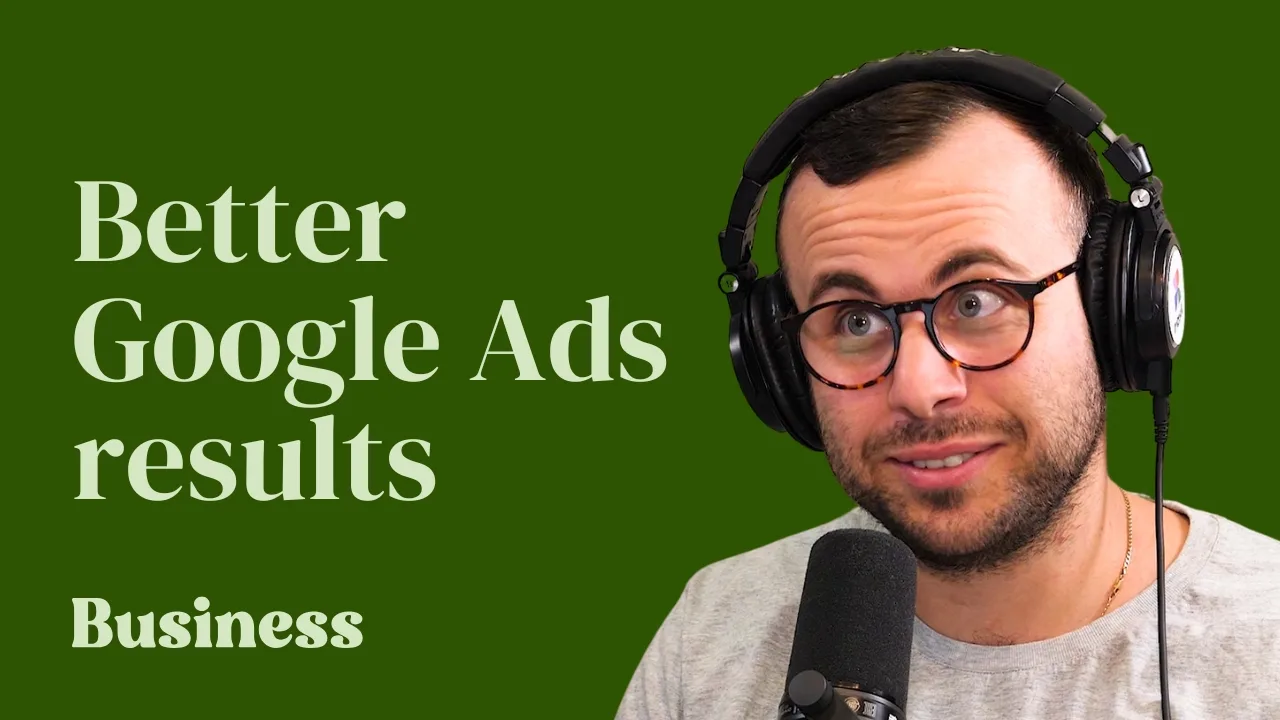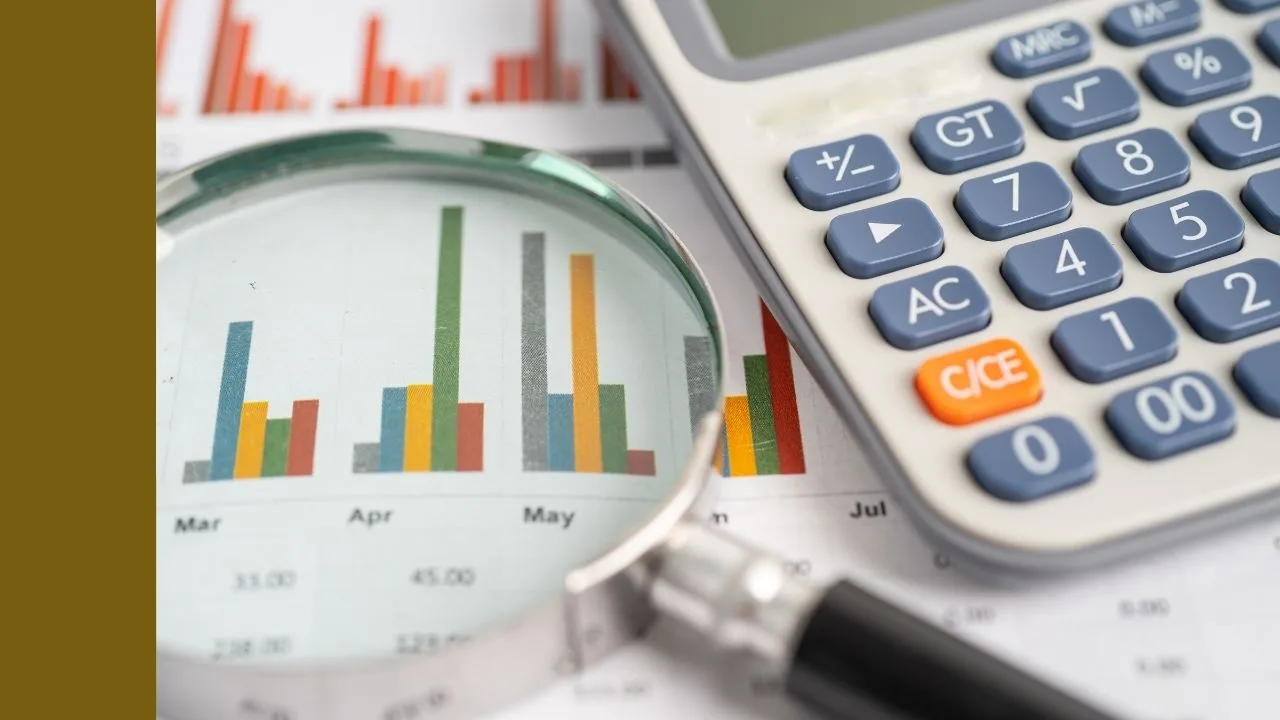With health insurance premiums for most funds set to rise on the 1st of October, it’s a good reminder to check up on your health insurance plan (if you have one) and make sure you’re getting the best value for money.
Health insurance premiums were set to rise on April 1 2020, but funds postponed the premium increase for at least six months due to COVID-19. Not all funds are increasing premiums, nor are all policies increasing by the same amount, which is why it’s so important to compare your policy before October 1 to see how it stacks up.
Health insurance hasn’t been a topic of focus for me before now, so it was interesting to do some deeper research into how it actually works and what the differences are between ambulance, hospital and extras cover.
When Should You Start Considering Health Insurance?
As part of my research, I asked the team at iSelect (an Aussie insurance comparison site) to elaborate on when it makes sense for young people to start thinking about health insurance & weighing up the costs. This can vary, but there are many things that could prompt you to start thinking about private cover:
- Coming off your parents’ policy – This varies depending on the policy and whether you are still a dependent or student, but is generally between 18 – 25 years of age.
- When your life stage changes – Particularly if you get married or are thinking about starting a family (remember, if you want to have your baby privately you need to have held your cover for 12 months before the baby is born, so it’s important to take it out or upgrade your cover to include pregnancy even before you start trying).
- Earning over $90,000 a year – If you earn over $90,000 a year (or $180,000 as a couple) and don’t have private hospital cover, you’ll have to pay extra tax due to the Medicare Levy Surcharge (MLS). This is different to the Medicare Levy that all taxpayers pay and is around $900 a year in additional tax (for a ~$90k salary), which often works out the same price as a basic level private policy.
- Turning 31 – If you don’t have private hospital cover by July 1st following your 31st birthday, then if you do decide to take it out down the track you’ll likely have to pay more due to Lifetime Health Cover (LHC) loading. LHC loading is an extra 2% for every year you were without cover and you’ll have to pay it for 10 years. For example, if you wait until you are 40 years old to take out hospital cover, then you’ll pay 20% more for the same policy than if you’d taken it out at 31.
Researching, Comparing and Selecting a Health Insurance Poilcy
If you’ve decided you want to get health insurance or are considering changing plans, it can be a little complicated to work out how it all works. Although it’s vital to pick an affordable plan for your needs, sometimes the cheapest plans can end up costing you more when you need to claim.
Cheaper Basic level policies generally just include accident-only cover and don’t always include ambulance cover. From a quick look at the Ambulance Victoria website, they state that the cost of one emergency road transport is in excess of $1,200 – that bill would take a good bite out of your emergency fund!
There’s plenty of information on each health fund’s site to dive into, but if you’d prefer to let someone else do the hard work for you, you can always reach out to a health insurance comparison site like Choice, iSelect and PrivateHealth who can compare different policies from their range of providers to find one that suits both your health needs and your budget.
Ambulance Cover
Did you know that you can actually purchase ambulance cover as a standalone product in Australia? Honestly, for a single person in Victoria, a one-year membership fee of $48.35 seems like a pretty good deal, given that the cost of one emergency trip in Australia is at least $1,200. Unfortunately, not all health insurance plans (especially the Basic level ones) include the correct level on ambulance insurance, so it’s worth reading the fine print and not getting caught out!
Ambulance Victoria suggest using this checklist as a guide to determine if you have sufficient ambulance cover.
- Does my policy cover me for all ambulance services such as treatment, road and air?
- Does my policy cover all emergency transport?
- What is the fund’s definition of an emergency?
- What if I am not admitted to hospital after ambulance care and transport?
- If someone calls an ambulance for me but I do not require ambulance care, will I be covered for the cost of an ambulance call out?
- Am I covered for non-emergency transport?
- If I require ambulance services while interstate will I be covered?
- If I require transport by ambulance from an interstate hospital will I be covered?
- Do exclusions exist under my policy? If yes, what are they?
Hospital Cover
As part of the government’s health insurance reforms, hospital cover is now much more standardised in Australia. Private health insurers are now required to classify their private hospital cover into four easy to understand tiers: Gold, Silver, Bronze or Basic. According to Health.gov.au, “the tiers are intended to mandate minimum service coverage requirements, generally reflecting the existing range of health insurance policies. Insurers will continue to be able to offer additional coverage above the minimum requirements in Basic Plus (+), Bronze Plus (+) and Silver Plus (+) product tiers.”
A ‘Bronze’ level of cover will cover you for 21 categories covering common hospital treatments such as tonsils, appendix, gynaecology, joint reconstructions and cancer services including chemotherapy. Check out the full list of health insurance policy tiers here.
Extras Cover (General Treatment Cover)
Extras are the icing on top. Think glasses, dental, podiatry and remedial massages. If you lead an active lifestyle, look for generous extras on things like physio. Different health funds will provide more attractive coverage in certain areas, so think about what you’ll need to use a lot of. Personally, as someone with fairly dodgy eyesight, I would focus on finding an extras policy that covers all my optical requirements.
Keep in mind, however, that many policies only allow you to claim (Health.gov.au):
- a certain percentage of costs for each service — for example, cover for 50% of the cost for each dental treatment, or
- a certain amount for the same service each year — for example, cover for up to $500 each year for dental treatments
Saving Money on Your Health Insurance
So how can you go about saving money on your health insurance and not paying for any unnecessary products? Here are some tips from the experts at iSelect.
- Younger customers (18-29 year olds) are eligible for discounts of up to 10% off some hospital policies. So depending on the policy, if you are under 30, taking out hospital cover now means you’ll not only avoid LHC in the future, but you’ll also benefit from discounted premiums until you turn 40!
- If you anticipate you are unlikely to go into hospital in the near future, opting for a higher excess on your policy will reduce your premiums. Opting for the maximum $750 excess could save you up to $200 a year
- If you are in a position to do so, pre-paying your annual premium upfront for the full year 1 will lock in your current rate and help you avoid the next premium increase for another 12 months
- Make sure you aren’t paying for things you may not need, which for younger customers often includes things like cardiac, cataracts or joint replacements
- Carefully review your extras – if you aren’t using them, why pay for them? And look for products that provide better value through a guaranteed percentage back or flexible extras that allow you to combine your separate limits into a single amount to use across those services you use the most
- Look for discounts and freebies:
- Discounts: Some funds offer a discount for paying by direct debit rather than credit card, while others have special introductory offers such as waiving some extras waiting periods or several weeks free
- Freebies: Some funds offer free dental check-ups while others ‘preventative’ health benefits with discounts on things like weight loss courses or gym memberships
- For couples, you may save money and better tailor your cover by splitting your cover from a couple’s policy to two singles. For example, a couple could save by splitting to two singles policies if they have different health needs like the woman needing pregnancy cover (but remember to switch to a family policy before bub arrives to ensure you’re all covered)
If you haven’t tuned in to the latest episode on health insurance on The Australian Finance Podcast, catch it over here!
Resources
- AFP Episode: Ep. 3. Emergency! (insurance) & Ep 68. Mental Health & Wellbeing During Uncertain Times with Anna Glynn
- Expert Guest: Tim Tez from AIA Australia
- The Australian health system
- What is covered – Ambulance
- MoneySmart: Health insurance
- Medicare levy surcharge | Australian Taxation Office
- Private Health Insurance Basics
- Private health insurance rebate | Australian Taxation Office
- What is covered by private health insurance?
- Product tiers
- Private health insurance reforms
- Health insurance tiers explained | See what’s covered and how much it costs
- Health Insurance | Compare Private Health Insurance Australia








